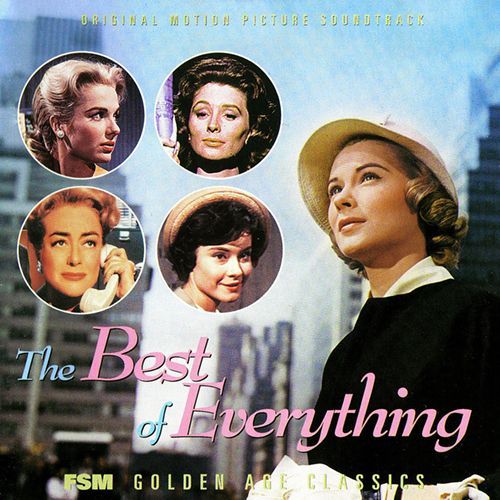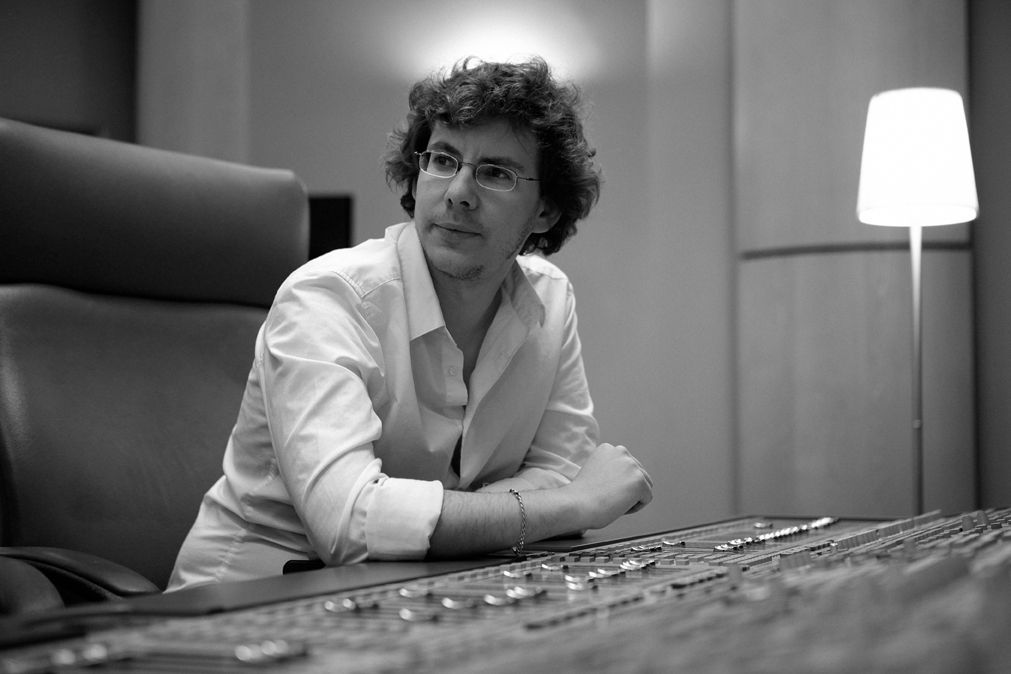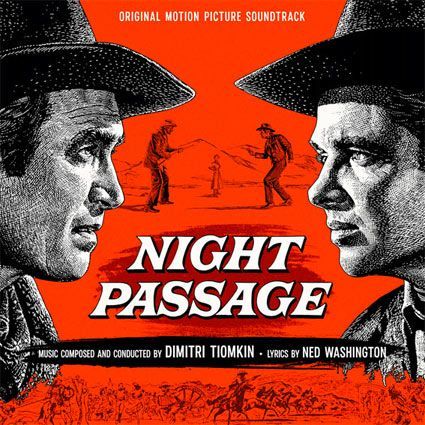The Best of Everything / How to Marry a Millionaire

Label: Film Score Monthly
Catalogue No: FSMCD Vol. 4 No. 11
Release Date: Sep-2001
Total Duration: 70:52
UPN: 0638558003428
Limited edition of 3,000 copies
Thanks to Film Score Monthly’s series of Golden Age original soundtracks and the Marco Polo restorations of William Stromberg and John Morgan, the vast musical riches of 20th Century-Fox, one of the key institutions of the studio era, are finding their way to a new public. Two recent entries in the FSM series frame the studio’s Cinemascope era of the 1950s, and give a wonderful sampling of some of Fox’s lesser-known material as supervised by its resident musical genius, Alfred Newman. HOW TO MARRY A MILLIONAIRE (1953) was the second ‘Scope film, while THE BEST OF EVERYTHING (1959) brought the first wide-screen decade to a glossy peak. Both deal with overlapping stories of three career girls in glamorous New York City, but MILLIONAIRE does so with a light, frothy touch, while EVERYTHING revels in the sudsy, often lurid histrionics of a ‘50s best seller. Aside from the EVERYTHING title song, none of this material was previously released commercially.
While the Newman touch is evident in both scores, MILLIONAIRE is actually a collective score of the variety Fox still stitched together in the ‘50s. The film opens with a ‘short subject” attached to the feature to showcase the new multi-track stereophonic sound system that came with ‘Scope, and features Newman conducting the Fox symphony in his music from the 1931 film, STREET SCENE. After that, Cyril J. Mockridge is credited with “incidental music,” much of which is based on the Lionel Newman/Ken Darby song, “New York,” which is heard in a spirited orchestral/choral arrangement under the main title. The score also features arrangements of popular standards from several decades.
THE BEST OF EVERYTHING is a more cohesive Alfred Newman score, the composer’s last for Fox. It reminds us of Newman’s origins in musical theater, and is essentially scored in a sophisticated pop mode based on two major themes. The first is initially heard as a title song sung by Johnny Mathis and arranged in the patented Mathis / Ray Ellis singles style of the late 1950s, to which Newman’s lyrical melody adapts very well, again calling to mind that early in his film career Newman created a number of pop standards of his own, including “Moon of Manakoora” (from HURRICANE) with lyrics by Frank Loesser. The second major theme in EVERYTHING is a glossy piano solo which seems to represent the icy, potentially dangerous glamour of New York City, as it attaches itself to the tragic figure of the Suzy Parker character, the aspiring but unfortunately untalented actress Gregg. Much of the score is based on variations of the title tune and the New York theme, with the sleek sound peaking in a George Shearing-like arrangement of the title tune for jazz combo (“The Apartment”) and the piano theme in “Gregg/New York,” a transcendently “populuxe” arrangement for piano, strings, and seductive rhythm which sort of defines “ultra lounge.” Gregg’s theme also undergoes a number of more complex dramatic variations (“Gregg’s Dementia,” “The Pillow,” “Gregg’s Death”), which, oddly enough, suggest the symphonic mode of THE ROBE. The dramatic Newman is also heard in some secondary cues, including “Amanda,” the theme for the Joan Crawford character.
Both FSM discs include a variety of bonus material and alternate takes. While determinedly pop in concept, both scores are nonetheless prime examples of the kind of pop/symphonic fusion that (aside from the music of Francis Poulenc and Darius Milhaud in France) was only found in the Hollywood of the peak studio era. Both albums are rare, authentic, and beautifully remastered examples of this unique and endlessly appealing Hollywood mode, the likes of which we will probably never see (and hear) again.
Originally published in Soundtrack Magazine Vol. 20/No. 78/2001 - With
permission of the editor, Luc Van de Ven



